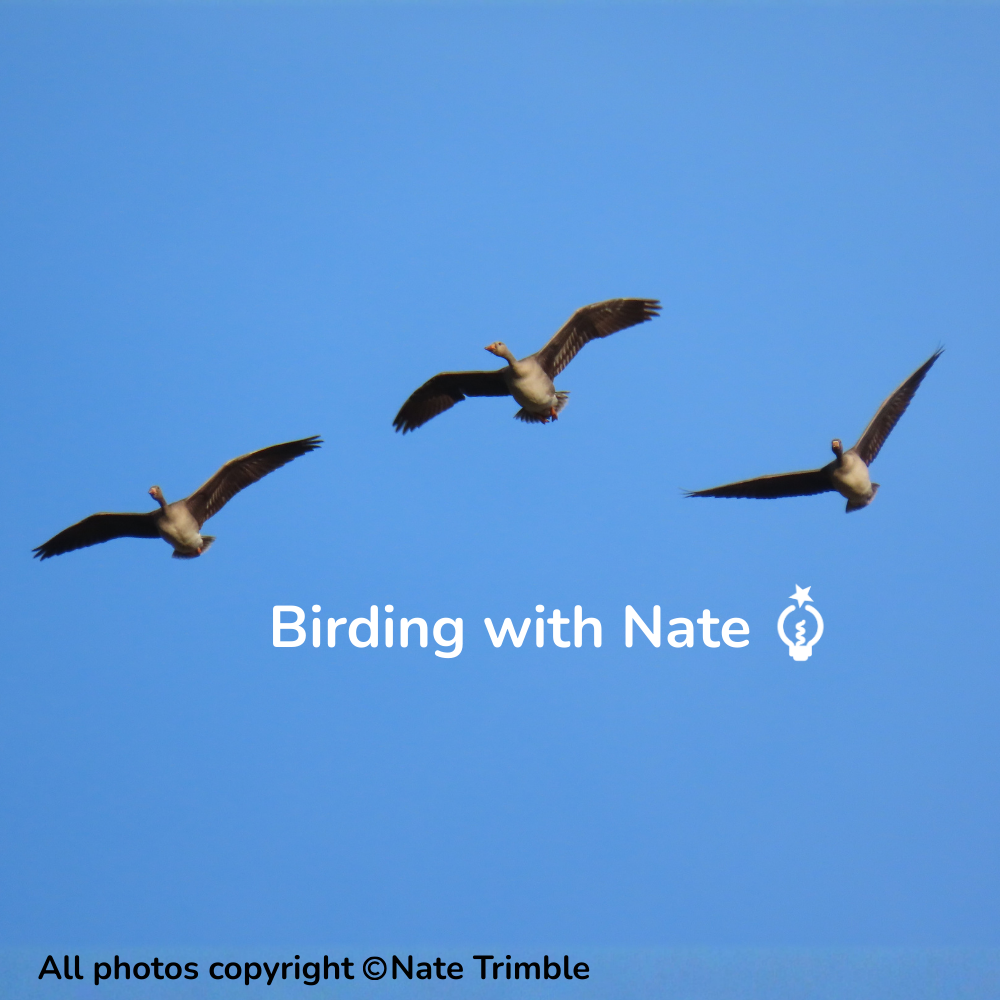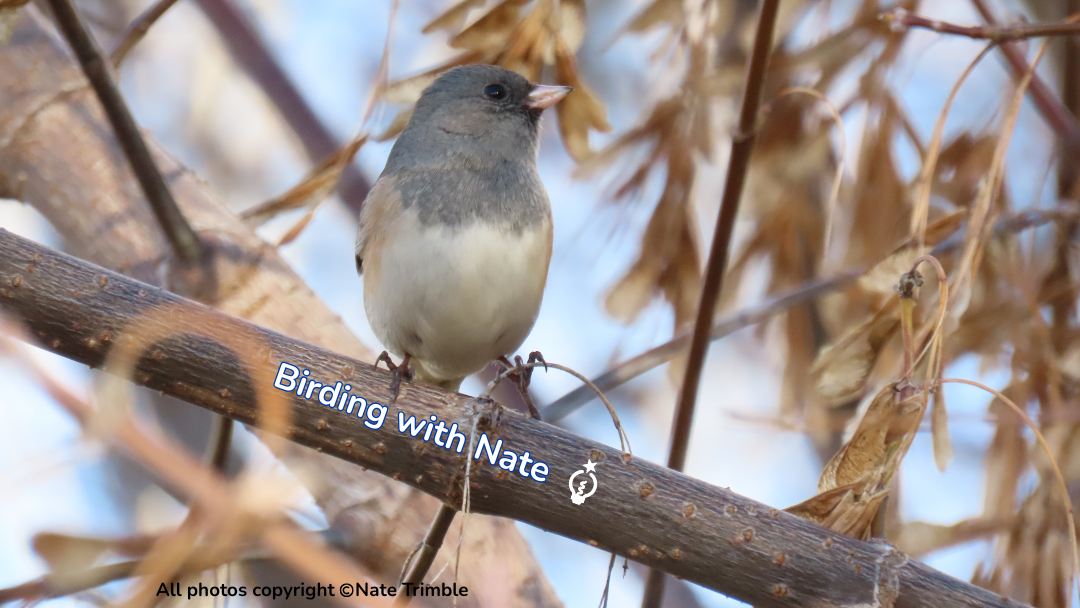Birding With Nate — September Bird of the Month: Chipping Sparrow
Birding with Nate
September Bird of the Month: Chipping Sparrow
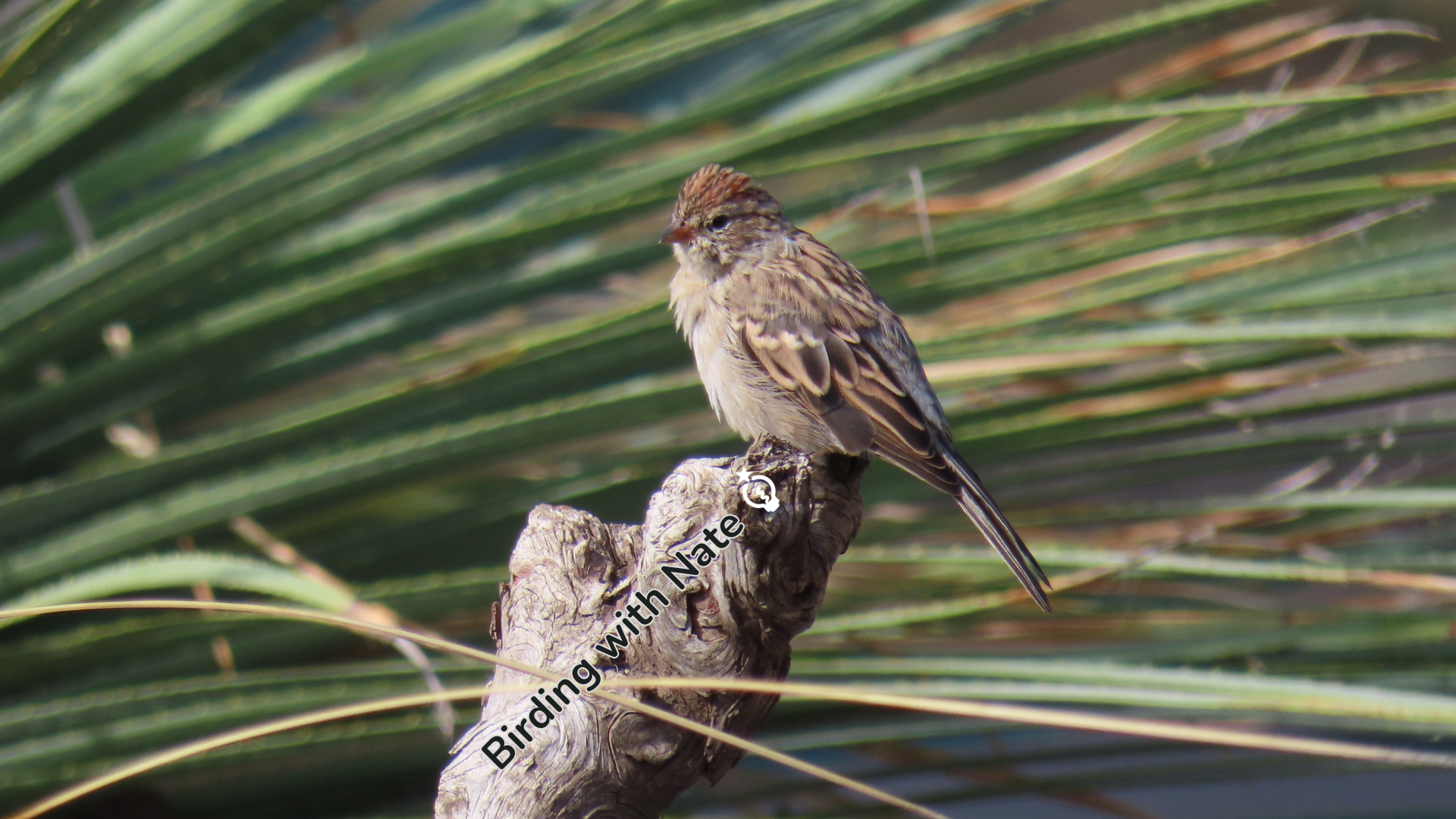
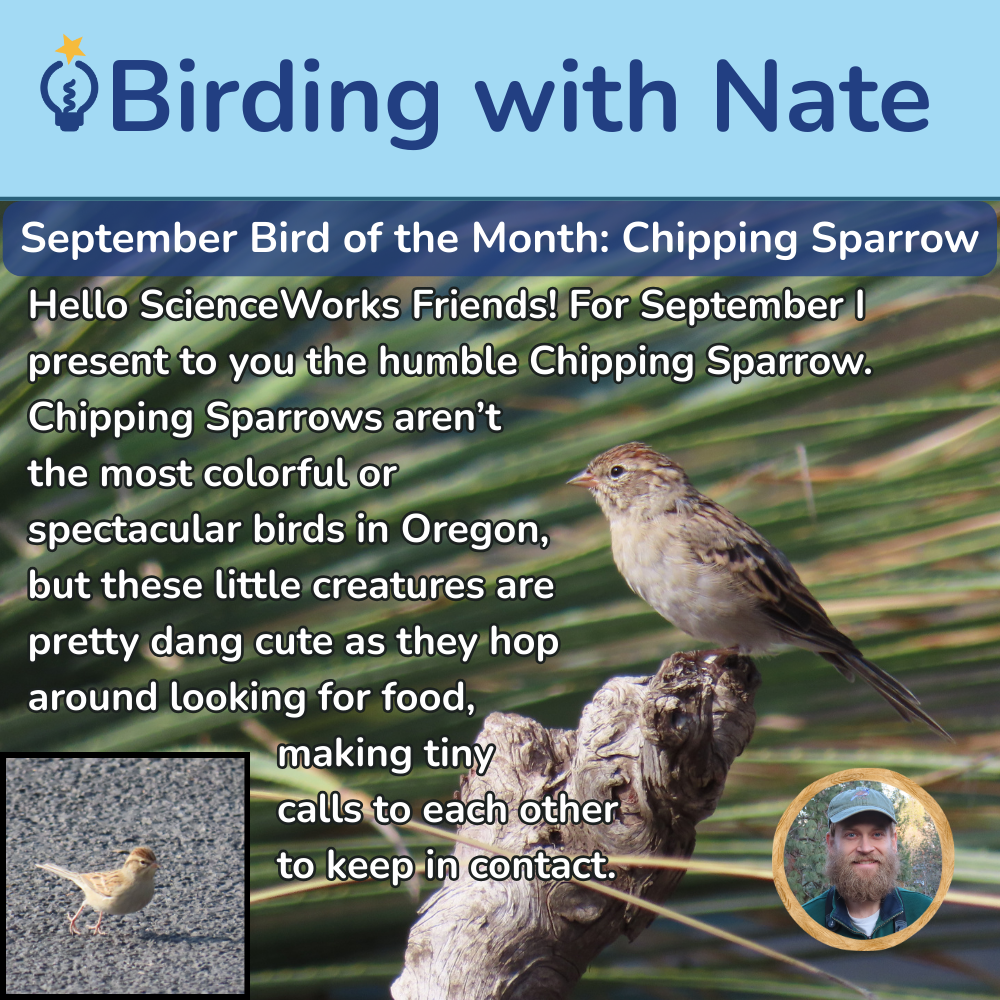

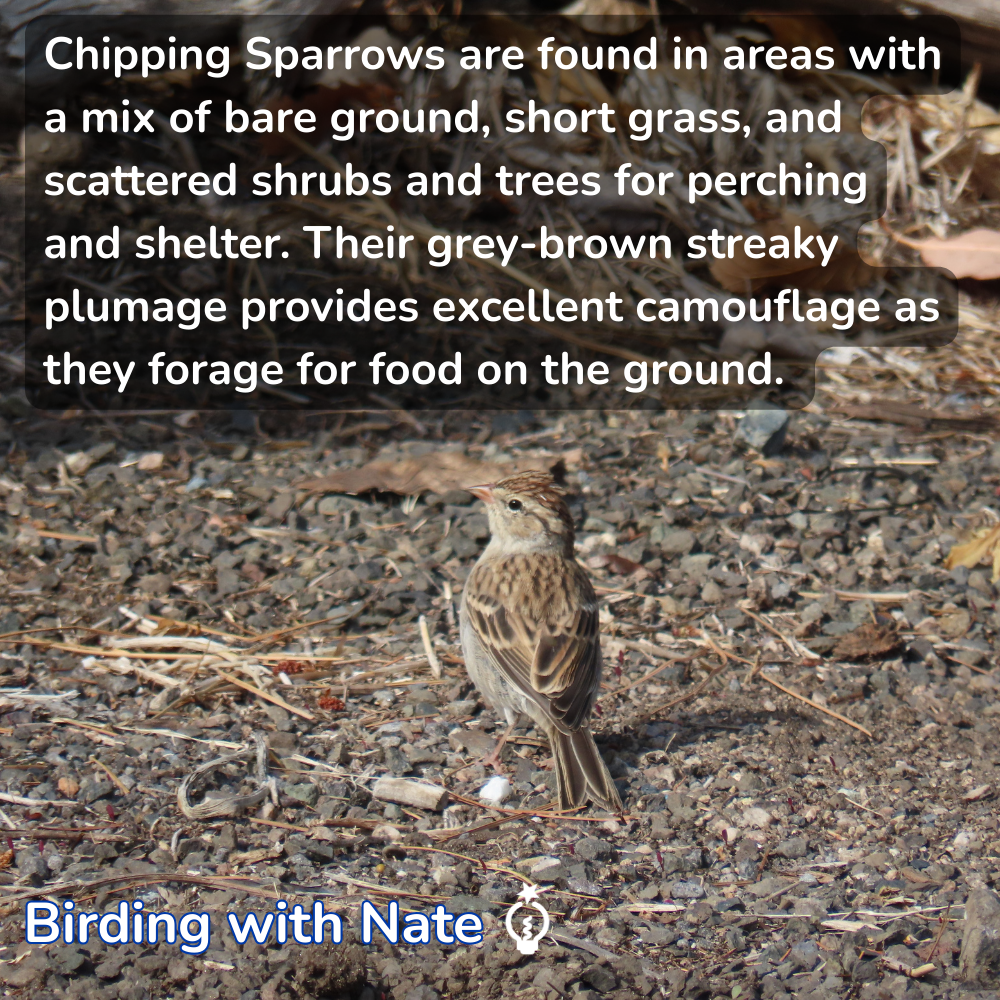
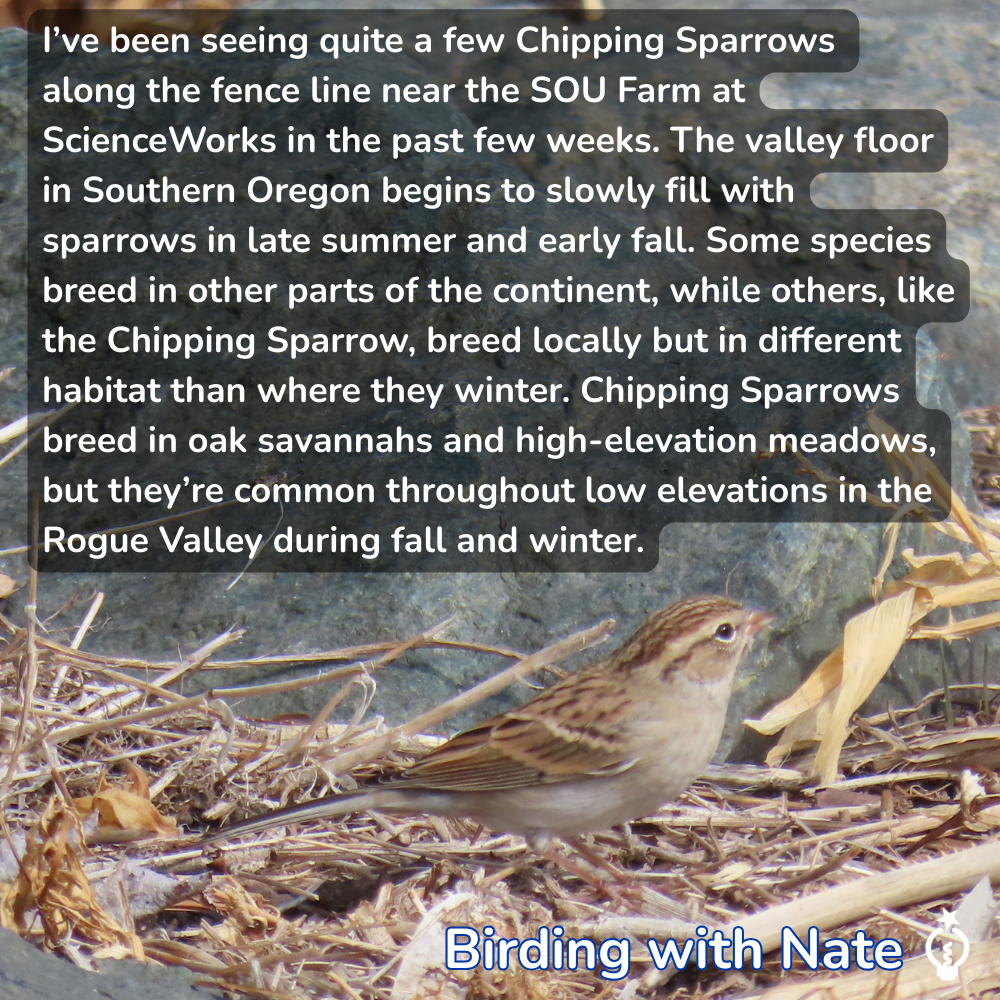

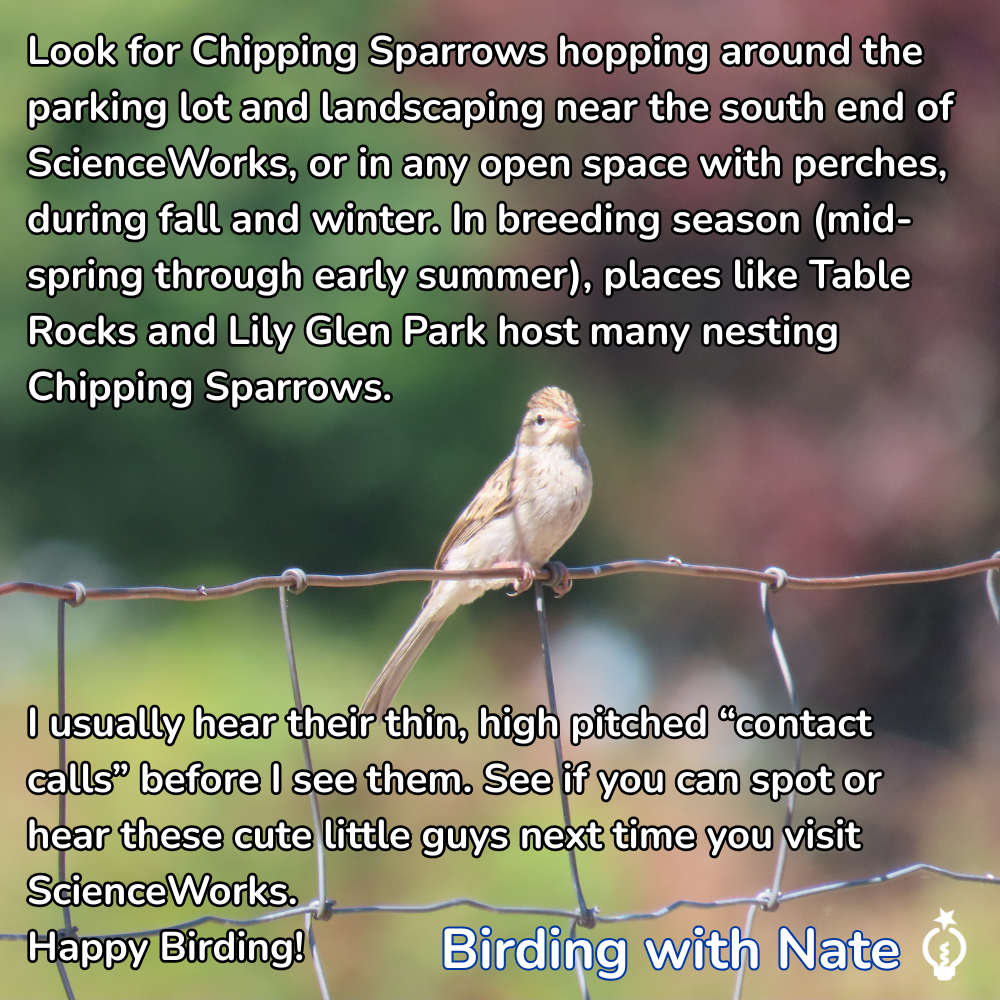
Hello ScienceWorks friends!
For September, I present to you the humble chipping sparrow.
Chipping sparrows aren’t the most colorful or spectacular birds in Oregon, but these little creatures are pretty dang cute as they hop around looking for food, making tiny calls to each other to keep in contact.
Chipping Sparrows are one of a bewildering variety of sparrows and other little brown, streaky birds found in this area. Sparrow ID can be tricky, but if you spot a group of very small, stout-billed birds with streaky backs, un-streaked chests and bellies, and a neat little pattern on their heads and faces, chances are they’re Chipping Sparrows. They are much smaller than most other sparrows, weighing only about 12 grams (less than ½ ounce)!
This first year White-crowned Sparrow has very similar plumage, but looks much bigger than Chipping Sparrows in the field.
Chipping Sparrows are found in areas with a mix of bare ground, short grass, and scattered shrubs and trees for perching and shelter. Their grey-brown streaky plumage provides excellent camouflage as they forage for food on the ground.
I’ve been seeing quite a few Chipping Sparrows along the fence line near the SOU Farm at ScienceWorks in the past few weeks. The valley floor in Southern Oregon begins to slowly fill with sparrows in late summer and early fall. Some species breed in other parts of the continent, while others, like the Chipping Sparrow, breed locally but in different habitat than where they winter. Chipping Sparrows breed in oak savannahs and high-elevation meadows, but they’re common throughout low elevations in the Rogue Valley during fall and winter.
Birds are often able to expand their range and habitat choices after nesting. No longer tied to their nests and hungry nestlings, they have more freedom to move around and explore. In fall and winter, they often form flocks, sometimes mixing with other species. These Chipping Sparrows were hanging out with White-crowned Sparrows (the first I’ve seen this fall), bluebirds, and finches. More birds means more eyes looking out for predators, so everyone benefits — although these guys do sometimes squabble and chase each other, and the other species, around!
Look for Chipping Sparrows hopping around the parking lot and landscaping near the south end of ScienceWorks, or in any open space with perches, during fall and winter. In breeding season (mid-spring through early summer), places like Table Rocks and Lily Glen Park host many nesting Chipping Sparrows. I usually hear their thin, high pitched “contact calls” before I see them. See if you can spot or hear these cute little guys next time you visit ScienceWorks.
Happy Birding!
And don't forget to add your own bird sightings to the ScienceWorks eBird Hotspot!





